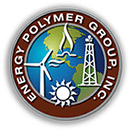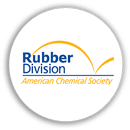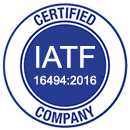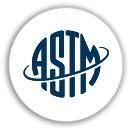ASTM C1166: Standard Test Method for Flame Propagation of Dense and Cellular Elastomeric Gaskets and Accessories
ASTM C1166 is a standardized test method developed by ASTM International to evaluate the flame propagation characteristics of dense and cellular elastomeric gaskets and accessories. This test is critical for industries where fire safety and flame resistance of elastomeric materials are essential, such as construction, automotive, aerospace, and industrial applications.
By establishing a uniform procedure for measuring flame resistance, ASTM C1166 helps manufacturers ensure that their rubber and elastomeric products meet fire safety regulations and maintain structural integrity under fire exposure.
Purpose and Importance of ASTM C1166
The primary objectives of ASTM C1166 are:
- Assess Flame Resistance: Determines how elastomeric materials react when exposed to direct flame.
- Ensure Fire Safety Compliance: Helps manufacturers meet fire safety standards for rubber gaskets and accessories.
- Minimize Fire Hazards: Reduces risks in applications where rubber components are exposed to heat or fire.
- Support Material Selection: Provides a benchmark for selecting flame-resistant elastomeric materials.
Key Test Procedures in ASTM C1166
The ASTM C1166 test method involves exposing a sample of elastomeric material to controlled flame conditions and measuring its flame propagation characteristics. The key steps include:
1. Sample Preparation
- Test specimens are prepared according to ASTM C1166 specifications, typically dense or cellular elastomeric gaskets.
- The samples are conditioned at a specified temperature and humidity to ensure consistent test results.
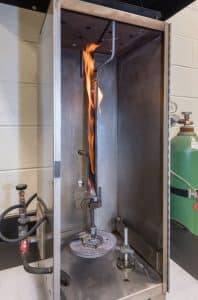
2. Test Setup
- The specimen is mounted horizontally in a test chamber.
- A standardized burner flame is applied to the free end of the sample for a set duration.
- The chamber is designed to prevent external airflow from influencing the test results.
3. Flame Exposure and Observation
- The test flame is applied for a specific time period (usually 30 seconds).
- Observers record:
- Flame spread rate (how quickly the fire moves across the material).
- Burn duration (how long the material continues to burn after flame removal).
- Extent of material damage (char length and material degradation).
4. Evaluation of Test Results
- Pass/Fail Criteria: Materials that do not propagate flames beyond a set distance meet ASTM C1166 standards.
- Comparative Analysis: Different elastomeric materials can be compared for their fire resistance performance.
Factors Influencing ASTM C1166 Test Results
Several factors can impact the flame resistance of elastomeric materials:
- Material Composition: The type of elastomer (e.g., EPDM, Neoprene, Silicone, Nitrile) affects its fire behavior.
- Density and Structure: Cellular elastomers may react differently than dense rubber materials.
- Chemical Additives: Fire retardants and fillers can improve flame resistance.
- Test Conditions: Environmental factors like humidity and temperature can impact results.
Applications of ASTM C1166
ASTM C1166 is widely used in industries where flame-resistant rubber materials are essential for safety and compliance. Common applications include:
- Construction Industry: Fire-rated gaskets and insulation materials in buildings.
- Automotive and Transportation: Heat-resistant rubber seals in vehicles and railway applications.
- Aerospace and Aviation: Fire-resistant gaskets and elastomeric seals in aircraft interiors.
- Industrial Equipment: Heat-resistant rubber gaskets for machinery and high-temperature environments.
Benefits of ASTM C1166 Compliance
- Enhanced Fire Safety: Helps prevent flame spread in rubber components used in critical applications.
- Regulatory Compliance: Ensures products meet fire resistance standards for various industries.
- Improved Product Performance: Ensures elastomeric materials maintain integrity under fire exposure.
- Reduced Liability Risks: Helps manufacturers meet safety regulations, reducing legal and financial risks.
Challenges in ASTM C1166 Testing
- Material Variability: Different rubber formulations can produce varied results.
- Testing Equipment: Requires specialized burn chambers and flame application setups.
- Strict Compliance Requirements: Meeting fire safety standards requires precise formulation and manufacturing controls.



